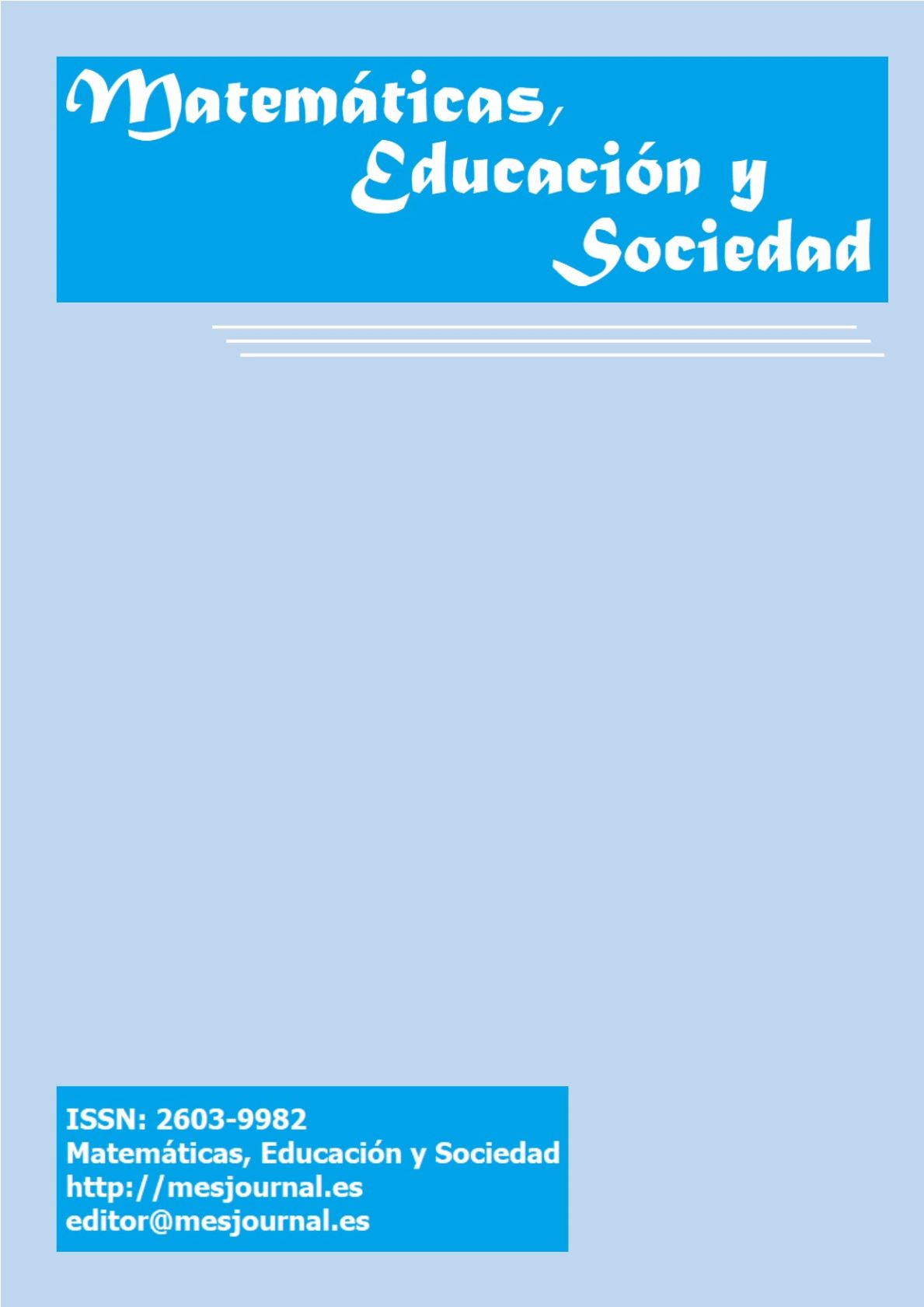Data, relationships and graphics: a review of Mexican newspapers and government reports
Main Article Content
Abstract
Results of an investigation based on content analysis on the types of relationships in the data and graphics that are usually used in Mexican newspapers and reports from the National Institute of Statistics and Geography (INEGI) are reported. The results show that the relationships of change of a variable through time and those of proportions and comparison are the most used in newspapers, the graphics to express these relationships are bar and line graphics. The review of the curriculum from primary to high school in Mexico shows the absence of some graphics to express more complex relationships that appear in the media, in addition to the lack of the critical component required for their interpretation.
Downloads
Article Details
This work is licensed under a Creative Common License (CC BY 3.0 ES)
References
Aguilar, M. S. y Castaneda, A. (2021). What mathematical competencies does a citizen needs to interpret Mexico’s official information about the COVID-19 pandemic? Educational Studies in Mathematics, 108, 227–248. https://doi.org/10.1007/s10649-021-10082-9
Ancker, J. (2020). The COVID-19 Pandemic and the Power of Numbers. Numeracy. Advancing Education in Quantitative Literacy. 13(2). https://digitalcommons.usf.edu/cgi/viewcontent.cgi?article=1358&context=numeracy
Bertin, J. (1983). Semiology of graphics: Diagrams, networks maps. The University of Wisconsin Press.
Brandao, R. F. (2017). The Uses of Science Statistics in the News Media and on Daily Life. Handbook of Research on Driving STEM Learning with Educational Technologies. DOI: 10.4018/978-1-5225-2026-9.ch025
Cukier, K., Mayer, V. y de Vericourt, F. (2021). Framers: la virtud humana en la era digital. Editorial Turner Noema.
Curcio, F. (1987). Comprehension of mathematical relationships expressed in graphs, Journal for Research in Mathematics Education, 18(5), pp. 382–393.
Few, S. (2004). Show Me the Numbers. Designing Tables and Graphs to Enlighten. Oakland CA. Analytics Press.
Gal, I., y Geiger, V. (2022). Welcome to the era of vague news: a study of the demands of statistical and mathematical products in the COVID-19 pandemic media. Educational Studies in Mathematics, 111, 5–28. https://doi.org/10.1007/s10649-022-10151-
Hintz, A., Dencik, L. y Wal-Jorgensen, K. (2019). Digital Citizenship in a Datafied Society. Cambridge: Polity Press.
Inzunza S. (2023). Gráficas y alfabetización estadística: un enfoque interpretativo. Editorial Universidad Autónoma de Sinaloa. México.
Inzunza, R. y Rocha, E. (2021). Los datos y el azar en el currículo de educación básica y bachillerato en México: reflexiones desde la perspectiva internacional, 12(23), 1-13. DOI: https://doi.org/10.32870/dse.v0i22.717
Inzunza, S. (2015). Niveles de interpretación que muestran estudiantes sobre gráficas para comunicar información de contextos económicos y sociodemográficos. Revista Mexicana de Investigación Educativa, 20(65), 529-555.
Inzunza, S. (2022). Hacia la enculturación estadistica de los ciudadanos: reflexiones en el contexto de la pandemia de Covid-19. Revista de Investigación Educativa de la Rediech. https://doi.org/10.33010/ie_rie_rediech.v13i0.1423
Jablonka, E. y Bergesten, Ch. (2021). Numbers don’t speak for themselves: strategies of using numbers in public policy discourse. Educational Studies in Mathematics. 108: 579–596. https://doi.org/10.1007/s10649-021-10059-8
Kosslyn, S. (1985). Graphics and human information processing: A review of five books, Journal of the American Statistical Association, 80, 499–512.
Kwon, O. N., Han, C., Lee, C., Lee, K., Kim, K., Jo, G., y Yoon, G. (2021). Graphs in the COVID-19 news: A mathematics audit of newspapers in Korea. Educational Studies in Mathematics, 108, 183–200. https://doi.org/10.1007/s10649-021-10029-0
Ridgway, J., Campos, P. y Biehler, R. (2022). Data Science, Statistics, and Civic Statistics: Education for a Fast Changing World. Statistics for Empowerment and Social Engagement. J. Ridgway (Ed.), 563-580. Springer.
Implications of the data revolution for statistics education. International Statistical Review, 84(3), 528-549. https://onlinelibrary.wiley.com/ doi/full/10.1111/insr.12110
Tufte, E. (2001). The Visual Display of Quantitative Information. Graphics Press LLC. Cheshire Connecticut, USA.
Weber, R. P. (1990). Basic Content Analysis. Second Edition. Sage Publications. London, UK.

